Testing new buildings for air leakage was virtually unheard of years ago but its value is growing as improved insulation and air tightness standards are required to meet new codes.
Yet the practice, which can help increase a building’s durability and longevity, is often an afterthought or ignored by owners and the building community.
The problem is that air leakage can lead to moisture build-up in wall cavities — when heat passes through leaks in interior walls and condenses on cold exterior walls.
It is a good reason why every new building should require air leakage testing but the only city in North America where it is mandatory is Seattle, said Steve Kemp, principal at RDH Building Science Inc.
“At some point if we’re not making these buildings air tight enough and we keep adding insulation to be more compliant with future codes our buildings are going to run into trouble,” Kemp told an audience recently at an Ontario Building Envelope Council seminar in Toronto.
Kemp says according to statistics compiled on buildings across North America, only about a third of new multi-unit residential buildings pass air leakage tests.
Another third are on the fence while the rest fail because of “dangerously high” leakage rates.
“That third is the buildings you worry about in the future” because repairs can be “super-expensive – rip off all the walls and reclad the building expensive,” he explained.
“As we are getting better at insulating buildings, we have to be hand and glove better at making them more airtight.”
He says multi-residential highrise buildings are often difficult to test for air leakage because some floors are completed while others are still under construction.
The Toronto Green Standard addresses this by allowing consultants to do “sampling” tests in sections of a building, he says.
Kemp advises builders or owners testing for the first time to do two to three separate tests, the first before drywall installation and the last when the building is completed.
Partial tests for a building with about 200,000 square feet can involve a day or two of preparation for RDH and four to five hours of actual testing using specialized fans installed in doors or windows to pressurize the interior.
Leakage points can be found using theatre smoke.
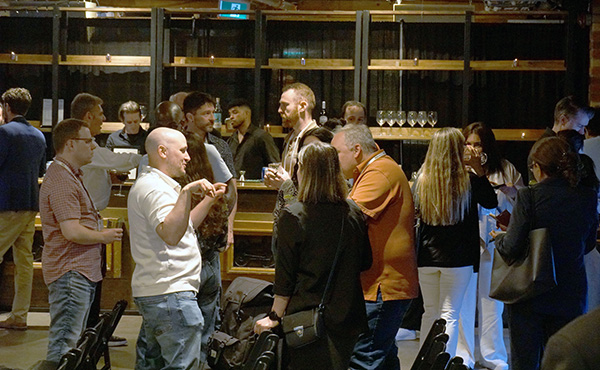
Kemp told the seminar audience air leakage testing is one of the “very few physical tests you can do to check on the (building) quality.”
He says aside from the potential damage air leakage can lead to, indoor comfort can be compromised through increased noise typically travelling through penetrations around windows. Cold or hot areas in a unit can also result from leakage.
While energy performance is important in buildings today, air leakage testing is often given low priority because it doesn’t impact a building’s durability immediately. Problems often don’t start to develop for 10 to 15 years.
Kemp says Greater Toronto Area owners are slowly coming around to the value of testing.
“Twenty-five years ago we (RDH Building Science) did one air leakage every three years. Now we’re probably doing 10 to 15 a year.”
Common leakage points are where two substrates meet such as windows and walls or roofs and walls. Poor detailing at installation is often at issue, he says, adding many tradespeople don’t have proper training for installation.
“Ultimately, making an airtight building is not a technology problem, it is a quality assurance problem.”
Building science consultant Russell Richman, who also spoke at the seminar, adds the methods of testing buildings for air leakage also come into the question.
“Is it a good test, a numerically valid test? Is it accurate? Then we put it into an energy model to find out what it means.”


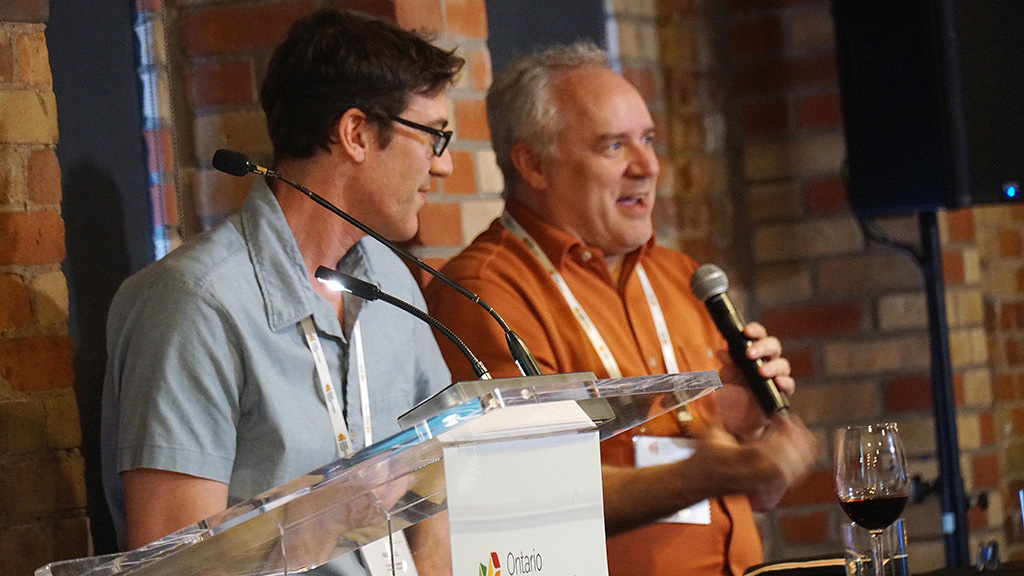

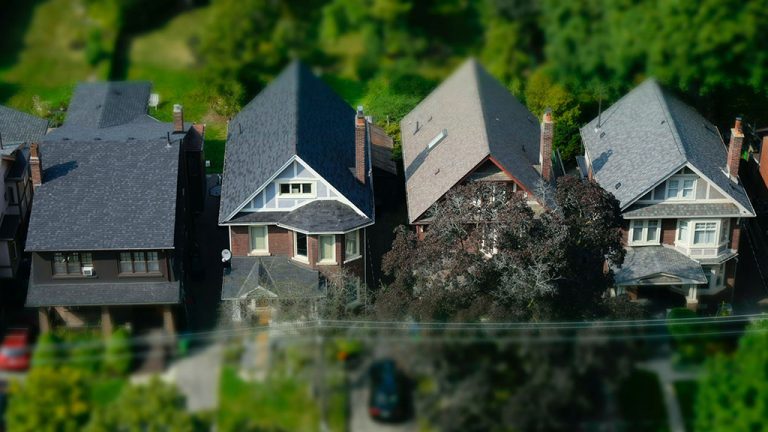
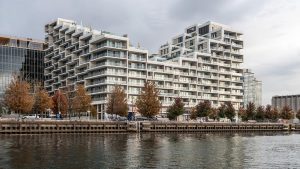
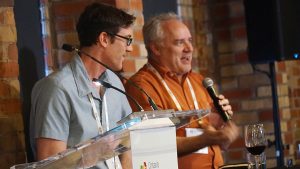
Recent Comments
comments for this post are closed